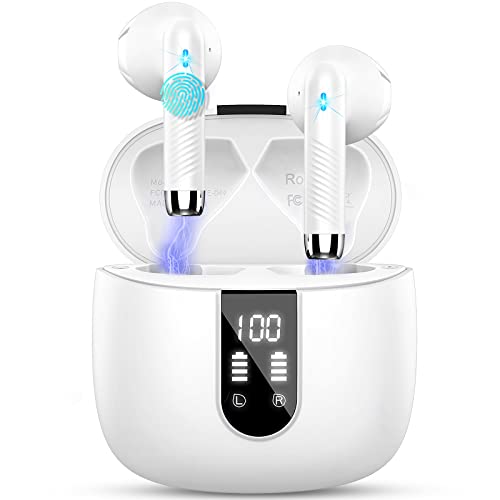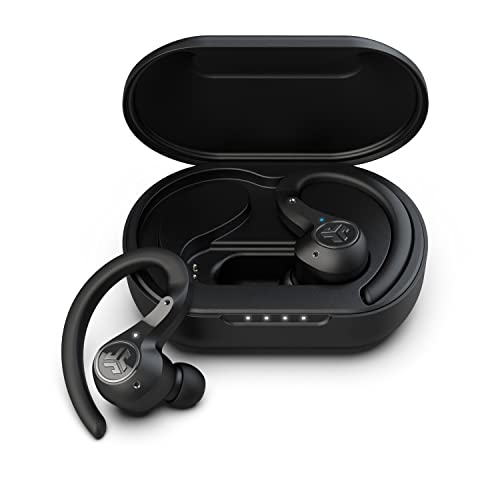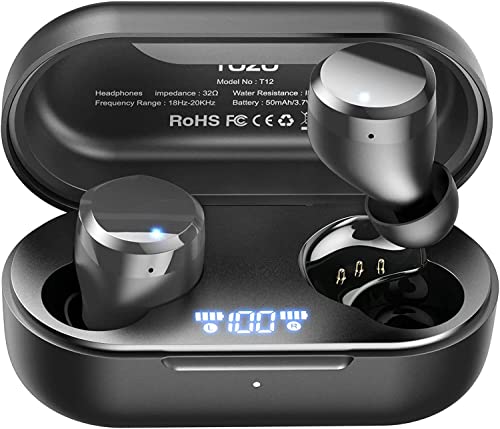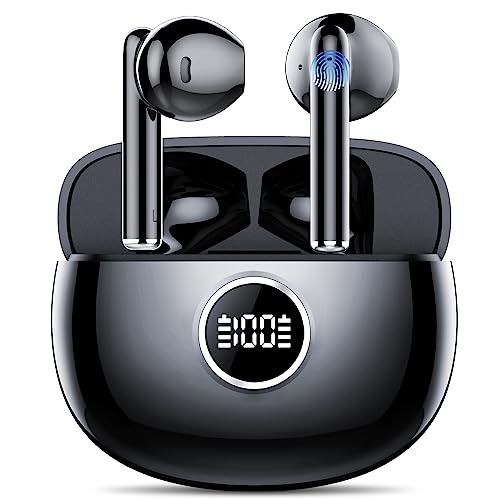Looking for the perfect pair of earbuds? You’re in the right spot! These compact audio wonders offer amazing sound quality, comfort, and convenience, whether you're hitting the gym or just lounging at home.
Earbuds
Experience incredible sound and comfort with our wide selection of top-quality earbuds
Product List

Apple AirPods 4: Noise Cancelling Earbuds
Apple
Product Review Score
4.12 out of 5 stars
230 reviews$153.46
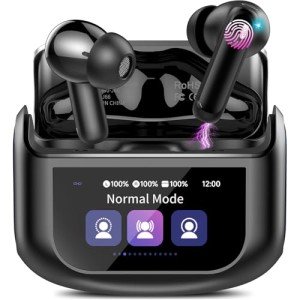
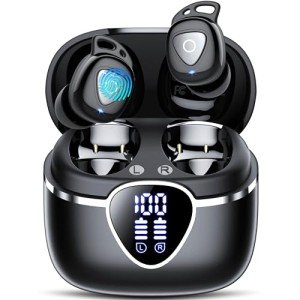
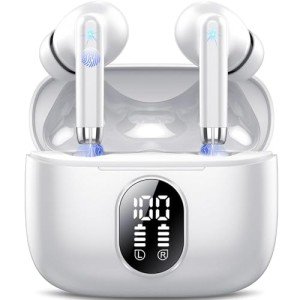
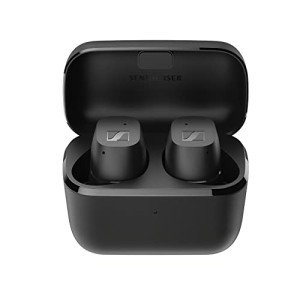
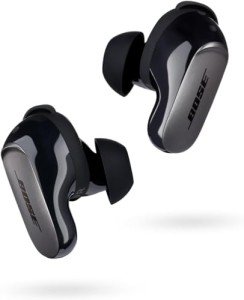
Bose QuietComfort Noise-Cancelling Earbuds
Bose
Product Review Score
4.33 out of 5 stars
225 reviews$129.95
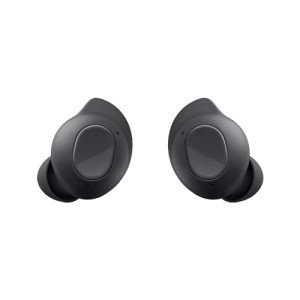
Samsung Galaxy Buds FE - Graphite
Samsung
Product Review Score
4.95 out of 5 stars
38 reviews$131.97
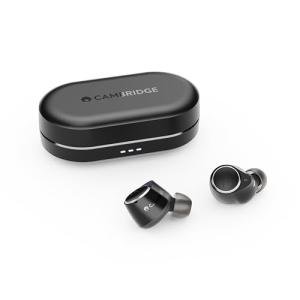
Cambridge Audio Melomania M100 Earbuds
Cambridge Audio
Product Review Score
4.85 out of 5 stars
98 reviews
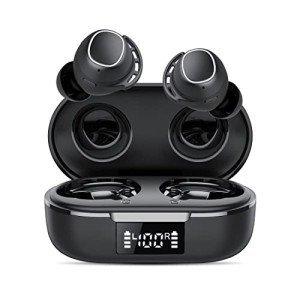
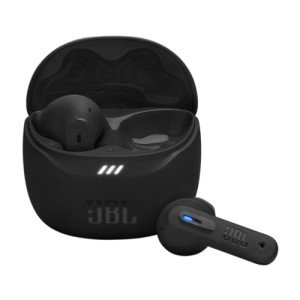
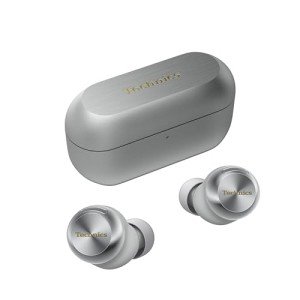
Technics Wireless Noise-Canceling Earbuds
Technics
Product Review Score
4.79 out of 5 stars
174 reviews$345.25
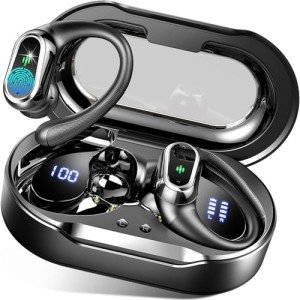
Noise Cancelling Bluetooth Earbuds
Product Review Score
4.86 out of 5 stars
164 reviews$39.98 $29.31
The world of audio technology has rapidly transformed over the past decade, notably through the proliferation of earbuds. These compact, portable audio devices have revolutionized the way individuals consume music, podcasts, and other audio content. This blog post delves into the history of earbuds, their types, features, advantages, drawbacks, and frequently asked questions. With tables to provide a clear comparison of different earbud offerings, readers will gain a well-rounded understanding of this ubiquitous technology.
History of Earbuds
Earbuds have evolved significantly since their inception. Below is a timeline highlighting key milestones in the development of earbuds.
| Year | Milestone |
|---|---|
| 1980 | Sony introduces the first earbuds with the Walkman. |
| 2001 | Apple releases the first-generation iPod, popularizing earbuds. |
| 2008 | The rise of noise-canceling earbuds begins. |
| 2014 | Apple launches the first Earpods accompanying the iPhone 5s. |
| 2016 | Wireless earbuds enter the market with the launch of Apple AirPods. |
| 2020 | The introduction of advanced features like active noise cancellation and touch controls becomes widespread. |
Types of Earbuds
Earbuds come in various styles, each suited to different needs and preferences. Here are the most common types of earbuds available:
1. Wired Earbuds
Wired earbuds are the traditional option featuring a direct connection to devices via a 3.5mm headphone jack or USB-C.
2. Wireless Earbuds
These earbuds connect via Bluetooth technology, offering freedom from tangled wires.
3. Noise-Canceling Earbuds
Equipped with active noise-cancellation technology, these earbuds minimize background noise, making them ideal for use in noisy environments.
4. Sports Earbuds
Designed for active users, sports earbuds often come with moisture resistance, secure fit, and sweat-resistant materials.
5. True Wireless Earbuds
This category features completely wireless designs, with each earbud functioning independently, eliminating any connecting cables.
| Type | Advantages | Disadvantages |
|---|---|---|
| Wired Earbuds | Excellent sound quality, no need for charging. | Tangle prone, limited mobility. |
| Wireless Earbuds | Freedom of movement, modern design. | Requires charging, potential connectivity issues. |
| Noise-Canceling Earbuds | Immersive sound experience, great for travel. | Often more expensive, weight considerations. |
| Sports Earbuds | Secure fit, designed for physical activity. | Limited sound isolation. |
| True Wireless Earbuds | Maximum convenience and portability. | Battery life issues, sometimes less sound quality. |
Key Features to Consider
When choosing earbuds, there are several features to consider to ensure a satisfying listening experience:
- Sound Quality: Look for earbuds that offer rich bass, clear mids, and crisp highs.
- Battery Life: Wireless models vary significantly in battery life; aim for at least 5-8 hours on a single charge.
- Comfort and Fit: Earbuds should fit comfortably in the ear without causing discomfort, especially for prolonged use.
- Noise Isolation/Cancellation: Depending on the environment, this feature can greatly enhance audio enjoyment.
- Durability: Moisture and sweat resistance are vital for sports and everyday wear.
- Control Options: Touch controls, voice assistants, and built-in microphones can enhance usability.
Advantages of Using Earbuds
Earbuds bring numerous benefits to users, making them a popular choice for audio consumption. Here are some key advantages:
- Portability: Their lightweight and compact design makes earbuds easy to carry.
- Discreetness: Earbuds are less obtrusive compared to larger headphones, ideal for on-the-go use.
- Versatility: Compatible with a wide range of devices, earbud technology is suitable for music, phone calls, and more.
- Sound Isolation: Many earbuds offer passive or active noise cancellation for an immersive listening experience.
- Affordability: A vast range of options means there are earbuds available at nearly every price point.
Drawbacks of Using Earbuds
Despite their popularity, earbuds are not without their faults. Here are some of the common downsides:
- Comfort Issues: Some users may find extended wear uncomfortable.
- Durability: Earbuds can wear out quickly, especially if frequently used during physical activity.
- Limited Sound Stage: The compact design can sometimes limit audio quality compared to larger headphones.
- Battery Dependency: Wireless options require regular charging, which can be tedious.
- Potential Hearing Damage: Extended use at high volumes raises concerns about hearing health.
FAQs About Earbuds
1. Are wired or wireless earbuds better?
The choice between wired and wireless earbuds depends on user preferences. Wired earbuds offer consistent sound quality without charging, whereas wireless earbuds provide freedom of movement and convenience.
2. How do I maintain my earbuds?
Regularly clean your earbuds to prevent buildup of wax or debris. Store them in a protective case when not in use to prevent damage.
3. How much should I spend on earbuds?
Prices for earbuds can range significantly. Budget options can start as low as £20, while premium models can exceed £300. Choose a budget that reflects the desired features and sound quality.
4. Can I use noise-canceling earbuds while exercising?
Yes, many noise-canceling earbuds are designed for active use. Look for options labeled as sweat-resistant or waterproof.
5. How long do wireless earbuds last on a single charge?
Most wireless earbuds offer a battery life of 4 to 10 hours on a single charge, with charging cases extending total playtime up to 24 hours or more.
Earbuds have become an integral part of modern audio consumption, finding their way into daily routines across the globe. With an array of options and advancements in technology, they cater to various preferences and lifestyles. By considering the types, features, advantages, and disadvantages outlined, users can make informed purchasing decisions. Whether opting for wired, wireless, or noise-canceling models, there are earbuds that meet the needs of every listener, enhancing their audio experience in countless ways.
